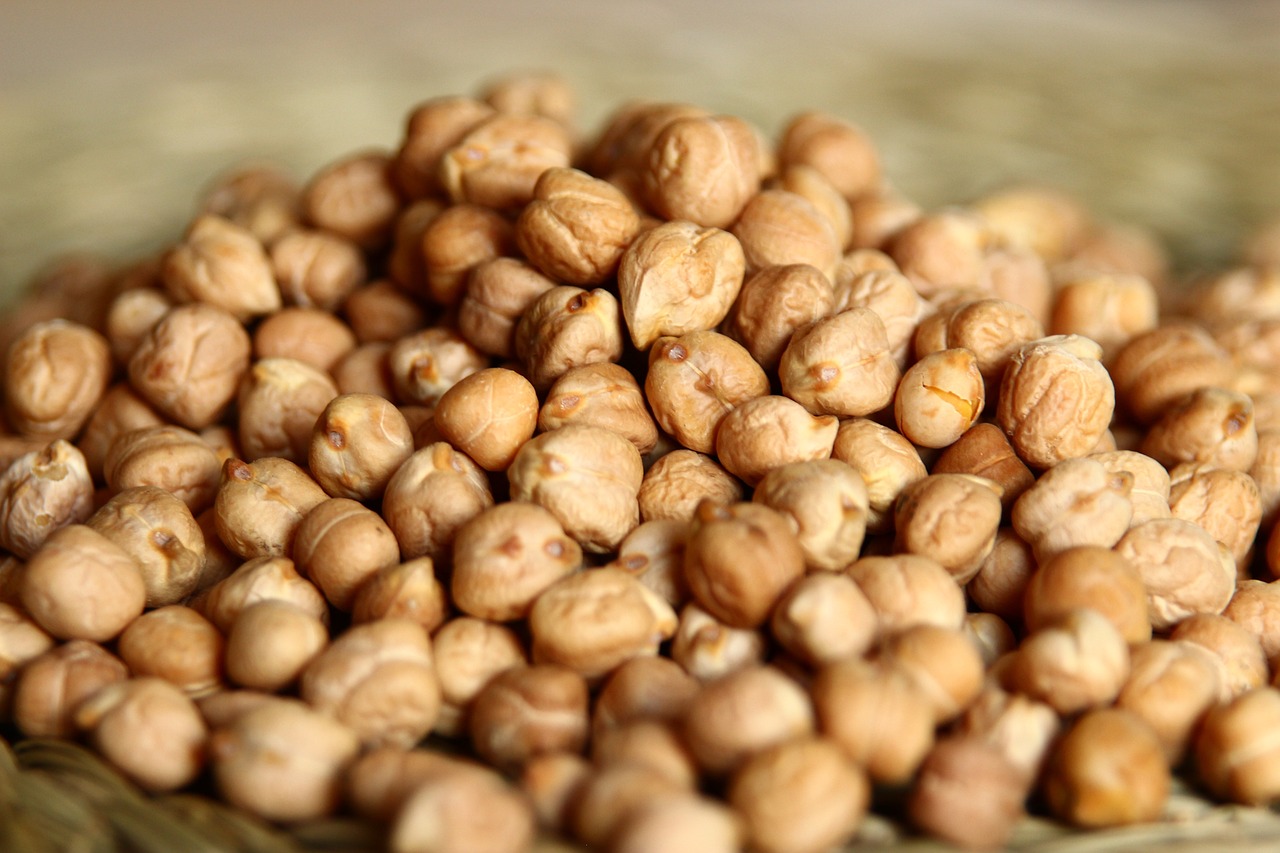Media release
From:
Better chickpeas possible, harnessing genetic traits of wild cousins
A new study has revealed the potential of using wild crop relatives for chickpea improvement, paving the way for more advanced crops and greater global food security.
The study ‘Cicer super-pangenome provides insights into species evolution and agronomic trait loci forcrop improvement in chickpea’, published in Nature Genetics, provides insights into the evolutionaryhistory and divergence time of the Cicer genus, sequencing the genomes of eight wild Cicer species and comparing them with two cultivated chickpea varieties.
The study also constructs a graph-based super-pangenome that can help identify and transfer valuable genes from wild species to cultivated ones.
Director of Murdoch University’s Centre for Crop and Food Innovation Professor Rajeev Varshney, who coined the term ‘super-pangenome’ in 2019 in Trends in Plant Science, said the findings in the new study could accelerate crop improvement globally.
“The genomic resources and unique genes presented in distant relatives of modern-day chickpeas in this new study will greatly benefit chickpea breeding and the advancement of the research community in this area in Australia and globally,” Professor Varshney said.
“The Cicer super-pangenome offers a powerful way to study chickpea genes to perform association analyses and determine the most important traits for our farming industry.
“Our study found that the wild species have more genetic diversity and variations that could be useful for improving chickpea traits such as disease resistance, flowering time, and stress tolerance.
“Traditional and modern breeding efforts have improved chickpea productivity, but more exhaustive steps have been needed to meet the growing worldwide demand.
“Chickpeas are highly nutritious, economically significant and important contributors to soil fertility, fixing atmospheric nitrogen – but chickpea production currently faces several biotic and abiotic constraints.
“They are widely grown, with an annual global production exceeding 17 million tonnes.
“In the context of Australia, chickpea production reached more than 2 million tonnes in 2017, but at present it is only 500,000 tonnes, so there is huge scope for enhancing local production to contribute to both environmental sustainability and growers’ profitability.”
Full details of this study and its implications can be found in Nature Genetics.



 Australia; WA
Australia; WA



